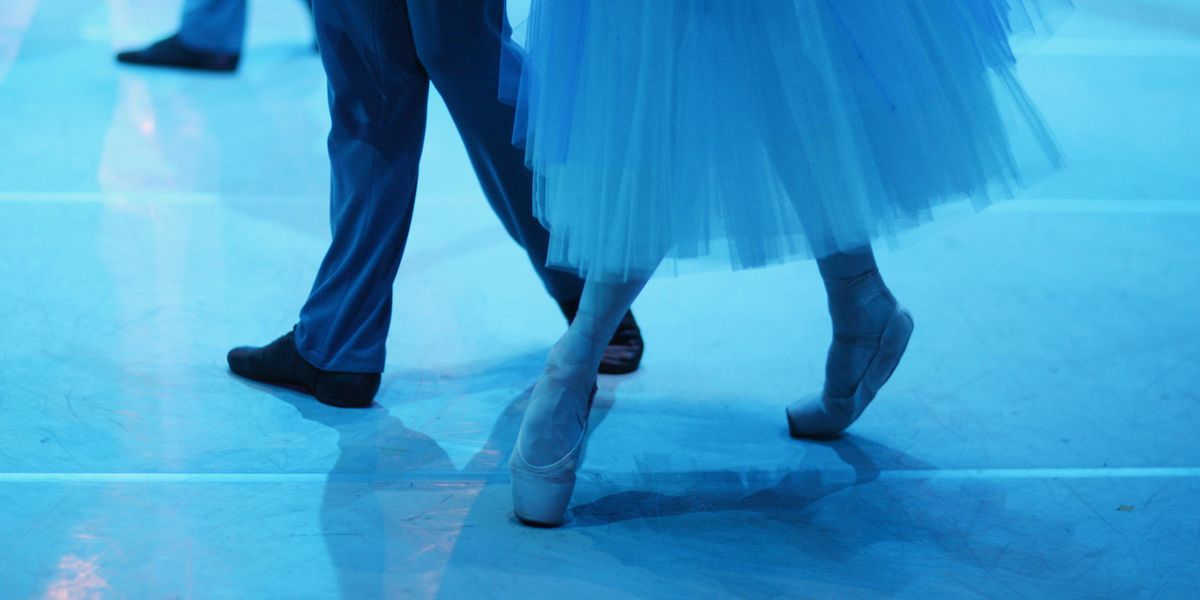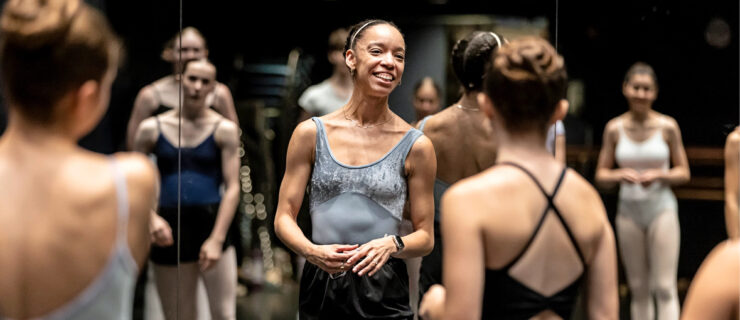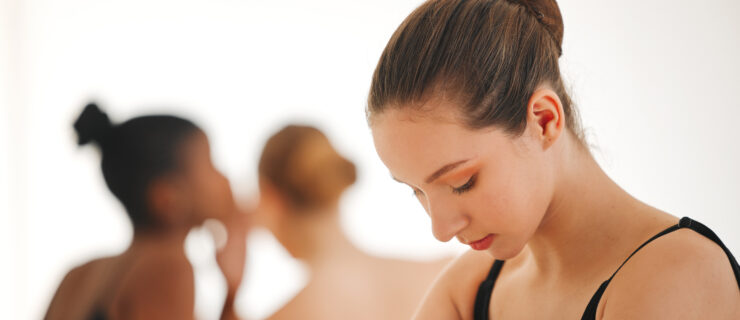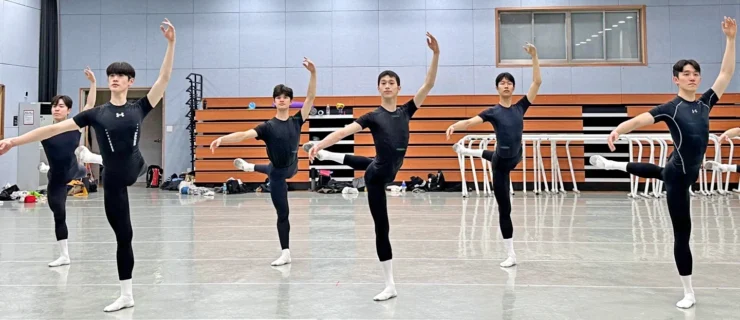Breaking Down Ballet Walks: Raymond Lukens' Tips for Mastering the Deceptively Simple Step
Legwork

Speak With Your Feet
Pay special attention to presenting your feet as you step (which becomes more challenging in pointe shoes). “Dancers must use their feet as a tool to express simple and complex emotion,” he says. The way you articulate the foot can change the quality of the movement. Lukens cites a few examples: “To extend the feet fully can express determination; to place the heels first with a heavy stride can express urgency or anger.” Even not pointing the feet fully, using them as a natural cushioning of your weight, can convey a sense of calmness and control. “Look at some great artists so that you can see the variety of ways deep feelings can be expressed with something as seemingly simple as walking.”
Be aware of how you’re walking on demi-pointe, as well. “Dancers tend to look rigid when they walk on demi-pointe all the time,” says Lukens. “Some do an extremely high demi-pointe, which can make the walking look rather comical.”
Lukens notes there are reasons for walking on demi-pointe: when performing steps that were historically done wearing heeled shoes, or when a dancer moves quickly to show a sense of urgency. He notes that dancers typically do not need to fully point the foot as they step forward or use a high relevé position (this may cause the movement to look stilted or mannered).
 ABT soloist Catherine Hurlin expresses anguish through weighted walking in Cathy Marton’s Jane Eyre. Gene Schiavone, Courtesy ABT
ABT soloist Catherine Hurlin expresses anguish through weighted walking in Cathy Marton’s Jane Eyre. Gene Schiavone, Courtesy ABT
Keep Your Upper-Body Aligned and Tension-Free
“The shoulders and hips must stay aligned while on the standing leg and while the weight is transferred,” says Lukens. “When you lead the movement with the hips or when the upper body is tilted too far forward, alignment is not maintained.”
Be aware of your pathway—placing one foot directly in front of the other will help prevent opening or twisting in the hips and shoulders. And keep in mind that exaggerating your turnout will cause you to move in a distorted manner. “Turnout should be natural, no more than at a 90-degree angle while walking,” Lukens says.
Lukens says he sometimes sees students pumping their backs, or holding their shoulders too far back and, at times, too far forward. Try to keep your back upright without holding tension. The upper body needs to relax while lifting (imagine yourself as an important, dignified person).
Small Details for Refinement
Once you feel like you’re walking in an accomplished manner, Lukens recommends trying it “at normal, slow and quick musical paces.” Vary your port de bras, including gesturing, head movements and changing focus. Try to release tension from your hands, arms, neck and face; relaxing into the motion will help you look natural and elegant. “Remember,” Lukens says, “dancers need to strive to look like people.”
Ready to see an example? Lukens points to this video of the defilé du ballet of the Paris Opéra Ballet, performed during their January gala—over 13 minutes of simple, refined and absolutely beautiful ballet walks.






